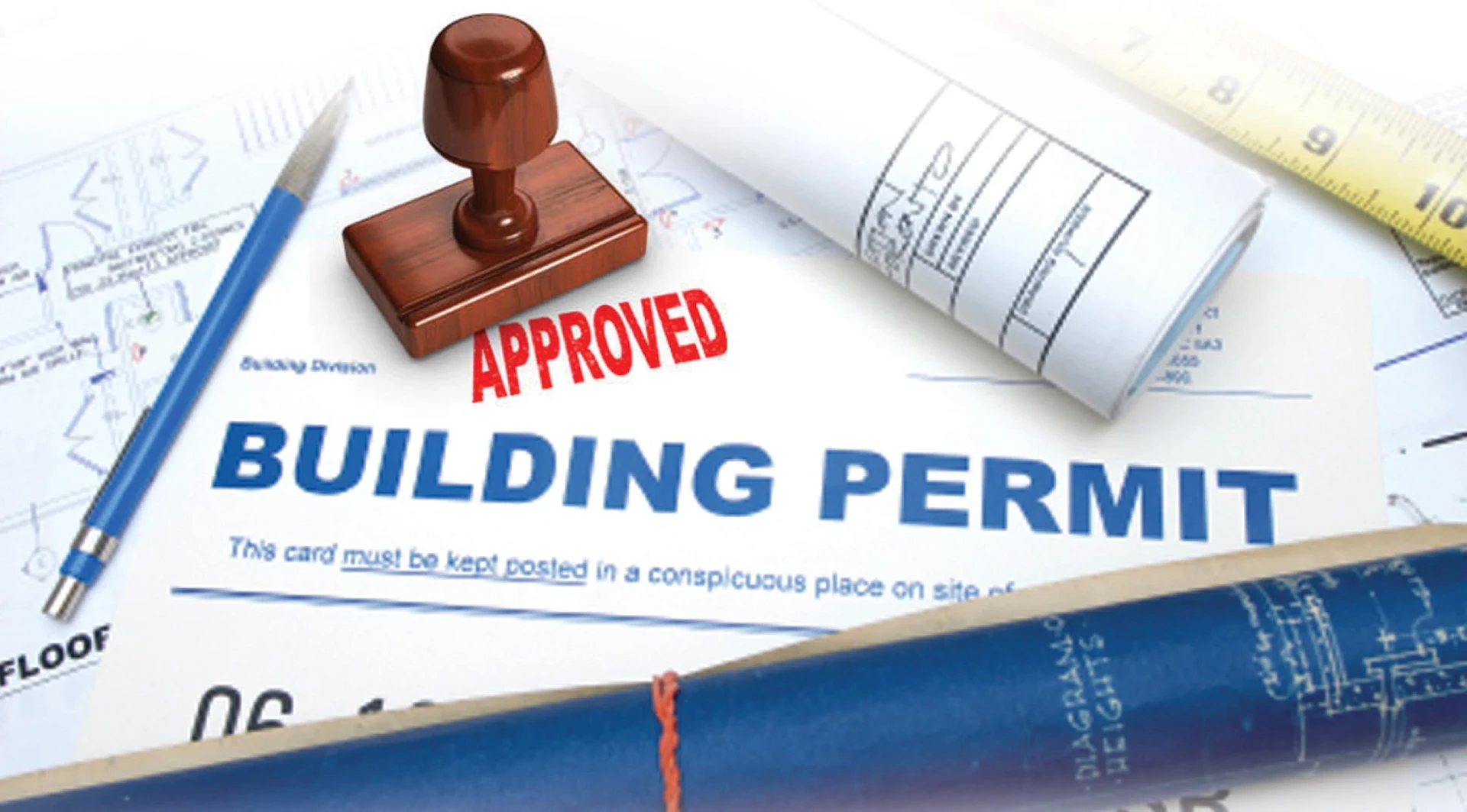Building a custom home is a rewarding endeavor, but it comes with a complex web of permitting and regulatory requirements that must be navigated. Understanding and adhering to these regulations is crucial to ensuring a smooth construction process and avoiding costly delays. Here’s what you need to know about permitting and regulations in custom home construction.
Understanding Permits and Regulations
Permits and regulations are legal requirements set by local, regional, and national authorities to ensure that construction projects meet safety, environmental, and zoning standards. These rules vary widely depending on the location of your project and the scope of the work involved.
Key Permits Required for Custom Home Construction
1. Building Permit
A building permit is the primary authorization needed to begin construction. It ensures that the planned structure complies with local building codes and zoning laws. Obtaining this permit typically involves submitting detailed plans and specifications to the local building department.
2. Zoning Permit
Zoning permits confirm that the proposed use of the land conforms to local zoning regulations. These regulations dictate land use, building height, density, and the distance of the structure from property lines.
3. Environmental Permits
Depending on the location and environmental impact of your project, you may need various environmental permits. These can include permits for stormwater management, erosion control, and protection of endangered species or wetlands.
4. Plumbing and Electrical Permits
Separate permits are often required for plumbing and electrical work. These permits ensure that all installations comply with local safety codes and standards, minimizing the risk of hazards.
5. Occupancy Permit
An occupancy permit is issued after the completion of the construction, confirming that the home is safe for occupancy. This permit is granted following a final inspection by local authorities.
Steps to Obtain Permits
1. Research Local Requirements
Start by researching the specific permit requirements for your location. Contact your local building department or visit their website to gather information on the necessary permits and application procedures.
2. Prepare Detailed Plans
Prepare detailed architectural and engineering plans for your custom home. These plans should include site layouts, floor plans, structural details, and specifications for electrical, plumbing, and HVAC systems.
3. Submit Applications
Submit your permit applications along with the required plans and documentation to the relevant authorities. Be prepared to pay application fees and respond to any requests for additional information or revisions.
4. Schedule Inspections
Once your permits are approved, schedule the necessary inspections at various stages of construction. These inspections ensure that the work complies with approved plans and local regulations.
5. Maintain Compliance
Throughout the construction process, maintain compliance with all permit conditions and regulatory requirements. This includes following approved plans, addressing any violations promptly, and keeping accurate records of all inspections and approvals.
Common Challenges and Tips
1. Understanding Local Codes
Building codes and regulations can be complex and vary significantly by location. Consider hiring a professional architect or builder familiar with local codes to help navigate these requirements.
2. Dealing with Delays
Permitting processes can be time-consuming, and delays are common. Start the permitting process early and build flexibility into your project timeline to accommodate potential delays.
3. Staying Informed
Regulations and codes can change. Stay informed about any updates to local building codes or zoning laws that may impact your project. Regular communication with local authorities can help you stay ahead of any changes.
4. Early Builder Involvement
Involving your builder in the early stages of the design process can streamline the permitting process. Builders familiar with local regulations can provide valuable insights and ensure that your plans meet all necessary requirements from the start.
Conclusion
Navigating the permitting and regulatory landscape is a critical part of custom home construction. By understanding the requirements, preparing thorough applications, and maintaining compliance, you can avoid delays and ensure a successful project.


